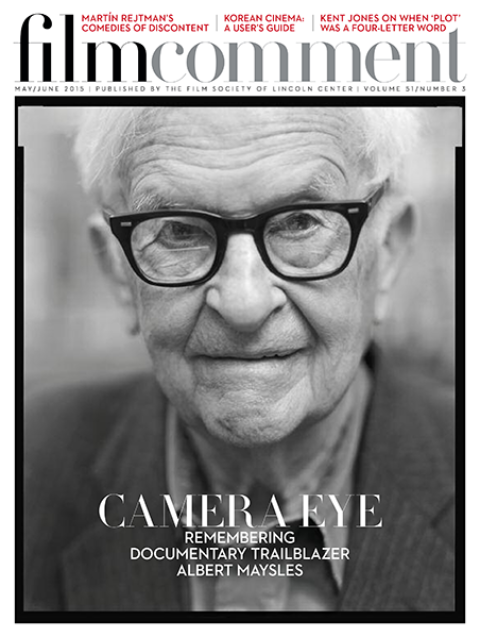
Cry of the City
Richard Conte is in Mme. Rose’s “Swedish massage & reducing” parlor, getting his chicken choked. Well, he’s getting choked like a chicken, anyway. Hope Emerson is doing the choking, her mighty hands clamped around his neck in one of the key scenes in Cry of the City (48), Robert Siodmak’s onyx ode to Italian-American New York City in the days when elevated trains still crisscrossed lower Manhattan.
Emerson is playing one Rose Given, an old-school therapeutic masseuse the size of a voting booth. We first see her in silhouette, a gigantic ink spot spreading in the darkness, backlit and walking toward us, toward Conte, whose wounded-killer-on-the-lam has been sent to her parlor for sanctuary… he thinks. Emerson’s got other ideas. She wants a cut of the loot Conte’s headed for, and she woman-handles him until he gives in. At six-foot-two and 230 pounds, she dwarfs the five-foot-eight Conte; she could snap his neck like a twig. And yet… there’s an incredible eroticism to the scene. Something tender in the touch of this ungainly, outsized woman, her profile a Picasso masterpiece. She kneads him; he spends the night. In the morning, at breakfast, Emerson eats with her mouth open while Conte looks on in disgust. She silently wishes he would kiss her anyway.

Adam's Rib
Did Hope Emerson ever have a kissing scene? Let me know if you find one. Born in Hawarden, Iowa, in 1897, Emerson migrated to New York while still a teenager and began performing in vaudeville and cabaret, singing and playing piano; by 1930 she was on Broadway in Lysistrata playing the Amazon Spartan Lampito. She continued specializing in comedy and essaying pseudo-sophistos with names like Clotilde Lombaste and Flossie Claypool for most of her stage career. Emerson’s roots as a comedienne would serve her well in Hollywood: in one of her best-known turns, as a carnival strongwoman who hoists Spencer Tracy into the air by his ankle in George Cukor’s Adam’s Rib (49), and in fluff like Norman Z. McLeod’s Bob Hope vehicle Casanova’s Big Night (54). It helped as well in her long-running gig as the voice of Elsie the Cow, the hugely popular mascot of Borden Dairy. But it was Siodmak’s noir that gave Emerson her first big-screen break (never mind a couple of uncredited bits in the Thirties), and set the tone for two more hardboiled broads she’d play in 1949, in Jules Dassin’s Thieves’ Highway and Joseph L. Mankiewicz’s House of Strangers. The best of the worst was still to come.
There were women in prison movies long before John Cromwell’s Caged in 1950, but few if any have been nominated for Academy Awards, before or since. Caged was nominated three times, for its screenplay, Eleanor Parker’s lead role, and Emerson’s unforgettable supporting performance as sadistic prison matron Evelyn Harper, a snarling sicko (“Pile out, you tramps!”) who lives in a cell of her own, adjacent to her charges like a drill sergeant, with a needlework sampler on her concrete wall made by one of her girls: “For Our Dear Matron.” Harper gets what’s coming to her, naturally; did Emerson? She never married, had no kids, never seems to have advertised her sexuality one way or another. Was she queer? Certainly so, in at least some sense of the word, but who cares?

Caged
Her noir moment faded quickly, but Emerson was plenty versatile. She made a trio of “women’s Westerns”: Allan Dwan’s Belle Le Grand (51), William Witney’s Westward the Women (51)—as mail-order bride Patience Hawley, straight out of New Bedford, Massachusetts (“It was time to scrape my hull and weigh anchor”)—and George Marshall’s The Guns of Fort Petticoat (57). Frank Tashlin gave her a part in his Jerry Lewis Miracle of Morgan’s Creek remake, Rock-a-Bye Baby (58), but Emerson spent her final years mainly in television, earning an Emmy nomination for her performance as the saloon-keeper Mother on Peter Gunn (58-59) before moving on to The Dennis O’Keefe Show (59-60) as Amelia “Sarge” Sargent, a brassy, silver-blonde live-in housekeeper. The last episode aired May 10, 1960; a month later Hope Emerson, aged 62, was dead of liver failure. She was her own monument, massive enough in form and presence to rival any statue in any town square.








